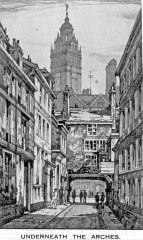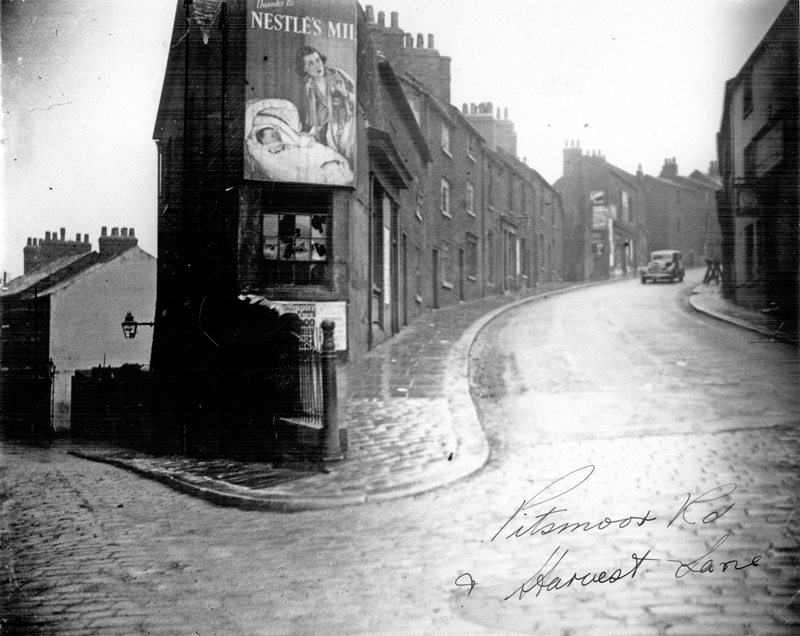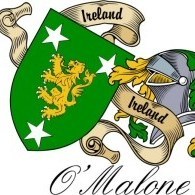Search the Community
Showing results for 'coal pit lane'.
-
I have been given a photograpic reproduction of a postcard of Shiregreen Road no 1172 on the back of it. I have looked at an old map of the area 1850ish and it does look as if it could be Shiregreen Lane towards the end where it leads to Wincobank Hall. Has anyone else seen a similar photo at all?
-
As you travel down the lane toward the bottom of the slope and just before the right hand bend in the field there is a rectangular brick single storey building with a concrete slab as a roof ....It looks very second world war( ish) and I wonder if anyone knows what it was?
-

New Book "the Coal Mining Industry Of Sheffield And North East Derbyshire";
Unitedite Returns posted a topic in Sheffield History Chat
A number of you will know Ken Wain as one of the contributors to our Sheffield History Forum and of his excellent work and his contributions to our knowledge of local coal mining history, [Westwell Colliery; Collieries Near Mosborough; Coal Lorry At East Birley Colliery; Etc]. Many of you will therefore be interested to learn that Ken has now produced his first book, titled "The Coal Mining Industry of Sheffield and North East Derbyshire"; ISBN: 13-978-1445639635, published by Amberley Publishing, [30-06-2014]. Containing 192 pages and with over 250 illustrations, this book has much to interest those of us who would like to broaden our knowledge about this district's coal mining past. There are specific chapters covering coal mining in Woodhouse, Birley East Colliery, The Sheffield Coal Company, Gleadless, Fence Colliery, Orgreave Colliery and Coking Plant, Nunnery Colliery, Handsworth Colliery, Tinsley Park Colliery, Aston - Beighton - Brookhouse Collieries, Killamarsh Collieries, Renishaw Park Colliery, and many others of local interest. I recommend this book to you, as the author's knowledge of and the depth of his research into our local coal mining industry is well illustrated here, and I would also like to think it worthwhile that we should support one of "Sheffield History's Own". I believe that a second book, by the same author, covering the coal mining industries of Rotherham and Barnsley is to be published in a few months' time, and that a third book, with specific emphasis on the Sheffield coal industry is already in the course of preparation and will follow. http://www.amazon.co.uk/Mining-Industry-Sheffield-North-Derbyshire/dp/1445639637/ref=sr_1_1?ie=UTF8&qid=1405765607&sr=8-1&keywords=ken+wain -
I have just been looking through this interesting site. ----------- http://ceegee-viewfromahill.blogspot.com/2015/02/a-walk-through-crookes-crosspool-and.html Information about Mount Zion has been asked for before, but a long time ago, not much came of it unless I missed something so I will try again. Does anyone know the detailed history of Mount Zion Please? And perhaps an easier question, is that thing on the top of the tower just an early lightning conductor, if so someone may know why it is that shape? It wasn't there in later years.
-
Lane End with Bridge Inn (now a housing estate) c1900.jpg
kidneystone posted a gallery image in Sheffield History Photos
From the album: Chapeltown
-
From the album: Chapeltown
-
From the album: Chapeltown
-
This pub stood on the corner of fell st & brightside lane may have been bombed or more likley demolished any info or a photo please
-
Whilst researching for my book "The Coal industry of Sheffield and North East Derbyshire" I was given a photograph of one of T.W Ward's Coal lorries which was used for coal deliveries whilst on contract to the Birley Collieries. On the front of the lorry was erected a large mock up of a Colliery headgear, and on the back of the lorry was a rather large mock up of a coal scuttle on the side of which was written "Direct from the pit to the coal box". A great advert for Birley coal, but underneath the photograph there is a caption which reads:- "Our Contribution to Sheffield week". I know from the vehicles registration number that it was registered in 1938 and the vehicle looks relatively new. I have tried in vain to find out WHEN and WHAT Sheffield week was. Can anyone help please? I have tried Sheffield Records at the central library but they cannot find it! KEN.
-
Abebooks Sheffield Printed for the Author by John Northall, 1797. 1st Ed. Sm. 4to. 96pp. 5 folding plates. Light browning, minor soiling, minor markings to verso of t.p., C20th rebind in half leather with cloth boards, gilt lettering to spine. The oldest book in the collection of the National Railway Museum and the first book to print information and details on an iron railway. Very rare and important, the number of known copies is small, and there are no records of it appearing at Auction.Kress, B.3373; ESTC T11202; Ottley 172.John Curr (c. 1756–1823) Manager of the Duke of Norfolk's collieries in Sheffield, England from 1781 to 1801. In 1776 Curr was one of the first engineers to utilise flanged iron rails in the coalmine. His preface states ‘the making and use of rail-roads and corves were the first of my inventions .’ The transportation of coal carts (‘corves’) along these rails was considerably more efficient than earlier methods. He also invented elaborate hauling machinery, which greatly improved the output of each pit. His innovations were strongly resisted by the colliery workers, who rightly suspected that improved efficiency might threaten jobs and wages. According to family legend Curr hid himself in local woods for several days until the ferment had somewhat subsided.Despite opposition from many quarters Curr’s technological improvements transformed the British Coal industry. He took out several patents including one on his haulage technique, which proved highly lucrative as other collieries adopted his ingenious system.He published the above work at the height of his success - now recognised as a key text in the history of mining and engineering. £2,750 + postage, obviously.
-
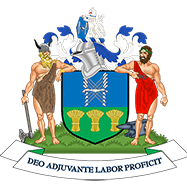
Spanish Steel Works on Pinfold Lane in Sheffield
Sheffield History posted a topic in Sheffield History Chat
Privies at the back of the Spanish Steel Works off Pinfold Lane now called Staniforth Road Darnall Sheffield -

The Norfolk Arms, Manor Lane, Sheffield
Sheffield History posted a topic in Sheffield Pubs and WMC's
The Norfolk Arms, Manor Lane, SheffieldHunting was the major relaxation of the wealthy classes in medieval Britain. There was little else for them to do TV was still 600 years away and United were still in the Vauxhall Conference League. For this reason the Earls of Shrewsbury built Sheffield Manor as a small hunting lodge before greatly enlarging it in the 16th century as their permanent dwelling. Sanitary conditions at Sheffield Castle had become unbearable, and they were seeking sanctuary in the peaceful lands overlooking the town. The surrounding area was a deer park and offered relief from the stench of open sewers and the constant threat of water born disease. Like all great houses Sheffield Manor had its own brew house. The reason was simple. Drinking water was invariably contaminated, and beer was a healthy alternative. Several important visitors stayed at the Manor including Cardinal Wolsey and of course Mary Queen of Scots. Wolsley appears to have caught a fatal illness during his stay, and he died on his way to London. However he was to have faced execution for failing to obtain a divorce for Henry V111, so this merely hastened his demise. Mary was held prisoner at Sheffield Manor for 14 years, in the custody of Bess of Hardwick and her husband George Talbot. Afterwards she beheaded for treason at Fotheringay. It was a tough life in those days. After the death of George Talbot, Bess moved to Hardwick Hall. The fortunes of the Manor fell into sharp decline. The Earl of Shrewsbury had only a female heir, and the estates passed, by marriage, into the hands of the Duke of Norfolk. (This is one reason why so many pubs in the area are known as the Norfolk Arms). The manor soon fell into terminal decline. In 1708 large parts were demolished and the remaining buildings were leased out. The west corner, which faces onto Manor Lane, became the Norfolk Arms public house. With little or no surrounding housing it had to rely on passing trade, although one of the other buildings was used as a pottery, which is thirsty work. Manorware is now highly sought after. The pub was to remain open from 1709 until the 1890s. By this time most of the buildings had become unsafe and the leases were terminated. In 1907 a partial demolition was undertaken. However parts of the old Norfolk Arms still stands as a stark reminder of the areas historic past, and are well worth a visit. The vaulted cellars can still be seen, and there is a display of photographs from 1865 when it was still a flourishing if rather dilapidated pub. Even at this date the area was still open land, with the Norfolk Arms standing isolated save for a few other remnants of the Manor. All this was dramatically changed as the Manor and Deer Park were transformed into Manor and Park housing estates. Ironically this genuine “ Manor Castle Inn” stands less than 100 yards from another public house, which now bears that very title. -

New Book: The Coal Mining Industry Of Barnsley, Rotherham And Worksop
Unitedite Returns posted a topic in Sheffield History Chat
I am sure that some of you will remember that I posted a brief note back in July, letting you know that one of this site's contributors, Ken Wain had recently produced his first book, titled "The Coal Mining Industry of Sheffield and North East Derbyshire", published by Amberley Publishing, [30.06.2014]. I am therefore sure that some of you will be interested to learn that Ken has now produced his second, companion work, titled "The Coal Mining Industry of Barnsley, Rotherham and Worksop", ISBN: 13-978-1445639659, also published by Amberley Publishing, [2014]. Although this second publication is not quite as focused on "Sheffield matters", as you would naturally expect, it is still, an excellent companion to Ken's first work and there is still more than enough consideration given to those collieries that once lay just outside of the city's boundaries, [Kiveton Park, Treeton, Waleswood, Thurcroft, and Dinnington, etc.] to warrant its addition to your collection. Once again, plenty of information, lots of photographs and well worth a read. -

Help Needed With History & Stories Of Area Around Bramall Lane Ground
100GroundsProject posted a topic in Sheffield United Football Club
I’m researching Sheffield United's Bramall Lane and would like to explore the history and folklore of the area around the ground. Are there any interesting stories (people, families, companies, works, pubs, local legend etc.) that have emanated from the area over the last few centuries? The history of the Bramall Lane ground itself is well documented but the lesser known past of the surrounding neighbourhoods might be better illuminated by the collective knowledge of local historians, researchers, enthusiasts and residents. Thanks in advance for your time and any responses. Incidentally, I am using the following reference books for my ground research. If there are other recommendations, I'd love to hear them. Before and After Bramall Lane: Sheffield United Cricket Club and Yorkshire Cricket in Sheffield The story of cricket at Bramall Lane : The end of an era 1855-1973 Bombs Over Bramall Lane: Growing Up in 1940s Sheffield 150 years of Bramall Lane Football Grounds of Britain (Simon Inglis) I’ve also tried to find Bramall Lane, 1855-1955 by C. M Marston, with no luck. -

Where was Burnt Tree Lane? (mentioned in this article)
Sheffield History posted a topic in Sheffield History Chat
Having been lucky enough to have been selected by Jason Dickinson to be in The Owls 150th anniversary book, 'WAWAW fans memories through the generation', I was quite fascinated to read the first person mentioned was a Mr Tom Wharton.... (Mr. T. Wharton from Jason Dickinson's book) “It seems fitting that the first supporter profile should actually be a dedicated fan called Tom Wharton, who passed away in 1933 after devoting his life to Wednesday. The following is an interview with Tom in the Sheffield mail in 1926”: “Surely old Tom Wharton is The Wednesday's most enthusiastic supporter. And incidentally the happiest man in Sheffield. He is no ordinary supporter, but a supporter who sticks to Wednesday thick and thin. For 46 years he has attended every home match except one The Wednesday have played. The exception was caused through a somewhat severe illness but Tom will let no ordinary illness interfere with his visits to see his team play. He has been ill in bed of Saturday mornings and has got up in the afternoon to get to Hillsborough. But it is not only home matches he has seen. He has been on every ground in England except three with The Wednesday. And he has a pile of programmes three feet high at least, issued in connection with the Wednesday club in different towns. The three grounds he has yet to visit are Stoke, Burnley and Newcastle. Old Tom lives at 26 Burnt Tree Lane, Sheffield and for many of a great year was a glass cutter. He has made some thousands of glass tumblers, and decanters, but is now retired and spends most of his time telling tales of derring-do in connection with The Wednesday and at the Sheffield Arms Hotel, Meadow Street, where he is now employed. He organised a party from the hotel to see the cup final on Saturday. The party went down by the Sheffield mail special train, but old Tom had not got a stadium ticket and did not get to see the match. But he has already seen 27 English Cup Finals. His first was in 1890 when The Wednesday played Blackburn Rovers and was beaten by six goals to one. That is a memorable occasion in old Tom's life. It was his first visit to London, and the one he still talks about, in spite of having seen The Wednesday play over 1,500 times, before and since. His delight in the party played by Hayden Morley, one of The Wednesday backs, has not yet subsided. He stills talks of the enthusiasm with which the crowd carried off Morley shoulder high after the struggle. In the early days of his support for The Wednesday a party of about 40 or 50 enthusiasts, including himself, always banded together to see the team play. These enthusiasts have gradually dwindled in number until there are only eight or nine of them left. Some of them assemble in one corner of the Kop each Saturday when The Wednesday are playing a home match. They stand on the Penistone Road end of the 'new stand'. But Mr. Wharton is doubtless the most consistent and oldest supporter of the lot. He has yelled himself hoarse times without number and has argued in the ground with men twice as big as himself. He will hear nothing against his The Wednesday and when they are down he says they will soon be up. Mr. Wharton is 72 years-old. Recently he and two other supporters had their photographs taken. His friends are George Wood, aged 69, and Mr. J. S. Redfern, aged 74. These three men had followed the fortunes of the team through thick and thin, their ages are total 215 years. Mr. Wood is a lamplighter and Mr. Redfern has lived at 'the old black pudding shop' in Meadow Street for 70 years.” Having reading this I later found out via Twitter he is buried in an unmarked grave at the Wardsend cemetery which is located at the end of the seemingly never ending Livesey Street, behind Owlerton Stadium. So over the Christmas period with a bit of spare time I thought I'd seek out this once forgotten hidden Cemetery and check it out for myself. As soon as you cross over the River Don via the blue bridge you can see many of the head stones of the people who are buried there, right in front of you, all being overgrown by nature. Over 30,000 men, woman and children have their final resting place here. As you walk along the path to the top of the incline you begin to see how big this place actually is and with all the trees that now stand there you cannot see the end whichever way you look. It's also worth noting that Wardsend is 1 of only 2 cemeteries in England that has a railway line running right through the middle of it, so you have to cross a 2nd foot bridge to the top side where you find the resting place of Mr. Wharton. About the cemetery....(taken from the website https://wardsendcemetery.wordpress.com) “Wardsend Cemetery, a detached churchyard, was opened on 21st June 1857 as the expanded burial ground for St. Philip's Church on Infirmary Road (now demolished), after its own churchyard became overcrowded. At his own expense, the vicar, Rev. John Livesey, bought five acres of land at Wardsend and also contributed to the cost of building a small chapel and a sexton's house. The cemetery and the chapel, which was designed by Weightman, Hadfield and Goldie of Sheffield, were consecrated by the Archbishop of York, Thomas Musgrave, on the 5th of July 1859. Wardsend Cemetery has a distinct military influence due to its close proximity to Hillsborough Barracks. Notably, the cemetery is the final resting place of multiple military families, and of many of the victims of the 1864 Sheffield Flood. Other epitaphs of interest are dedications to a number of Bible readers, one member of the Philadelphian Wesleyan church; the Secretary of Sheffield Angling Association, widows referred to as relics, and a reference to a 15 year old boy was tragically killed in a colliery accident. By the turn of the century, some 20,000 interments had taken place and in 1901, a further two acres of land on the other side of the railway were added. Because of this, Wardsend Cemetery is one of only two cemeteries in England with railways running through them. The final burial took place in 1977, when the re-interment of remains from a building site close to Sheffield Cathedral took place. The cemetery was officially closed in 1988. Since the mid-1980s however, Wardsend Cemetery has been increasingly neglected, especially following the demolition of the chapel and sexton's house, leaving the cemetery more or less abandoned by the parish and church authorities. The local authority took responsibility for the maintenance of the site in 2010 and The Friends of Wardsend Cemetery Group have played a large part in the maintenance and research of the cemetery in recent years”. I spent a good hour looking and walking through this fascinating woodland and taking various pictures including some of Hillsborough Stadium, which is only a stones throw away and can been seen if you follow the River Don up stream and then up to Scraith Wood near Herries Road, to which I use to make the rest of my walk home to Parson Cross. The long term goal of all this is not only to bring publicity to The Wardsend Cemetery and its friends, but also Wednesdayite's can give whatever we can and hopefully get Mr. Wharton the head stone, or at least the recognition, I feel a fellow devout Wednesdayite deserves. Hopefully we can maybe start a crowd funding page? For just £5 a year membership you can also become a friend of the cemetery which will also go towards the general up keep of Wardsend plus other benefits for you. You can find the application form on the website. -
Washing day on Woodgrove Lane, looking towards Penistone Road in Hillsborough Year - 1968 What day of the week was 'WASHING DAY' in your house?
-
Orchard Lane in Sheffield City Centre Great photo of Orchard Lane showing Boy Scout and Girl Guide Depot with the Grand Hotel in the background. Anyone know what is on the site today?
-
Another amazing Sheffield photograph here showing years gone by in the Steel City! On this occasion it's a photo showing a Campo Coffee advertisement billboard on Campo Lane Question is whereabouts on Campo Lane is this?
-
I am looking into my family history. One of my ancestors, Joseph Turton, lived at 120 Dam Lane in 1861. Does anyone know whereabouts this was please? I imagined it to be around the Crooksmoor area but I can't find it. Many thanks for looking.
-
-

Fascinating building on corner of Pitsmoor Road and Harvest Lane
Sheffield History posted a topic in Sheffield History Chat
-
While walking up Norfolk St to-day a smell hit my nose, it was a smell I have not smelt in Town for over sixty years, it was the unmistakeable smell of coal smoke coming out of the Brown Bears chimney, it really took me back to when I was a child, fantastic. Its a common smell in the villages in Ireland but in the towns and cities here no.
-
Hello Sheffield History Friends, I thought some of you would be interested in this project that has started recently the site explains itself. https://www.facebook.com/groups/435104566849685/
-
Does anybody know where 4 Bailey Lane Smiths Square Sheffield, is or was, and Allsop Lane? I heard Allsop Lane was some where near Matilda Street / Eyre Lane? thanks mick

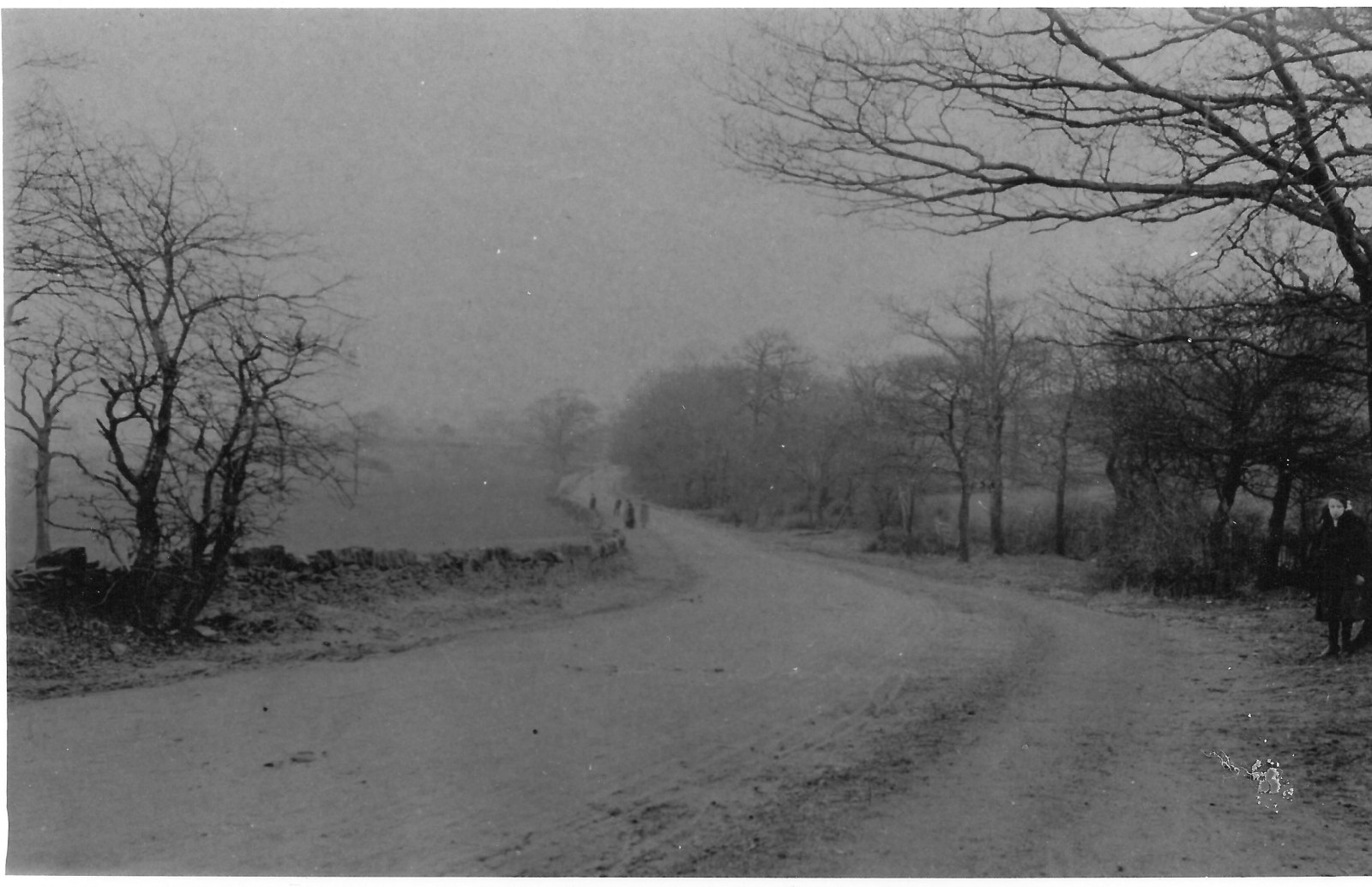

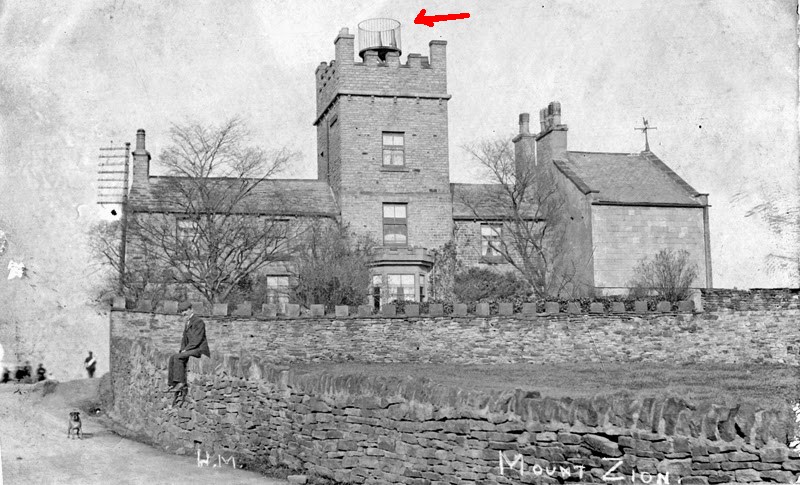
c1900.jpg.c09da3775b2d24304f9bac4b7fb1a8da.jpg)

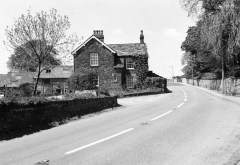
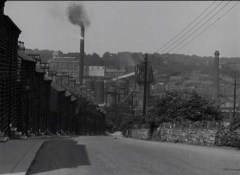

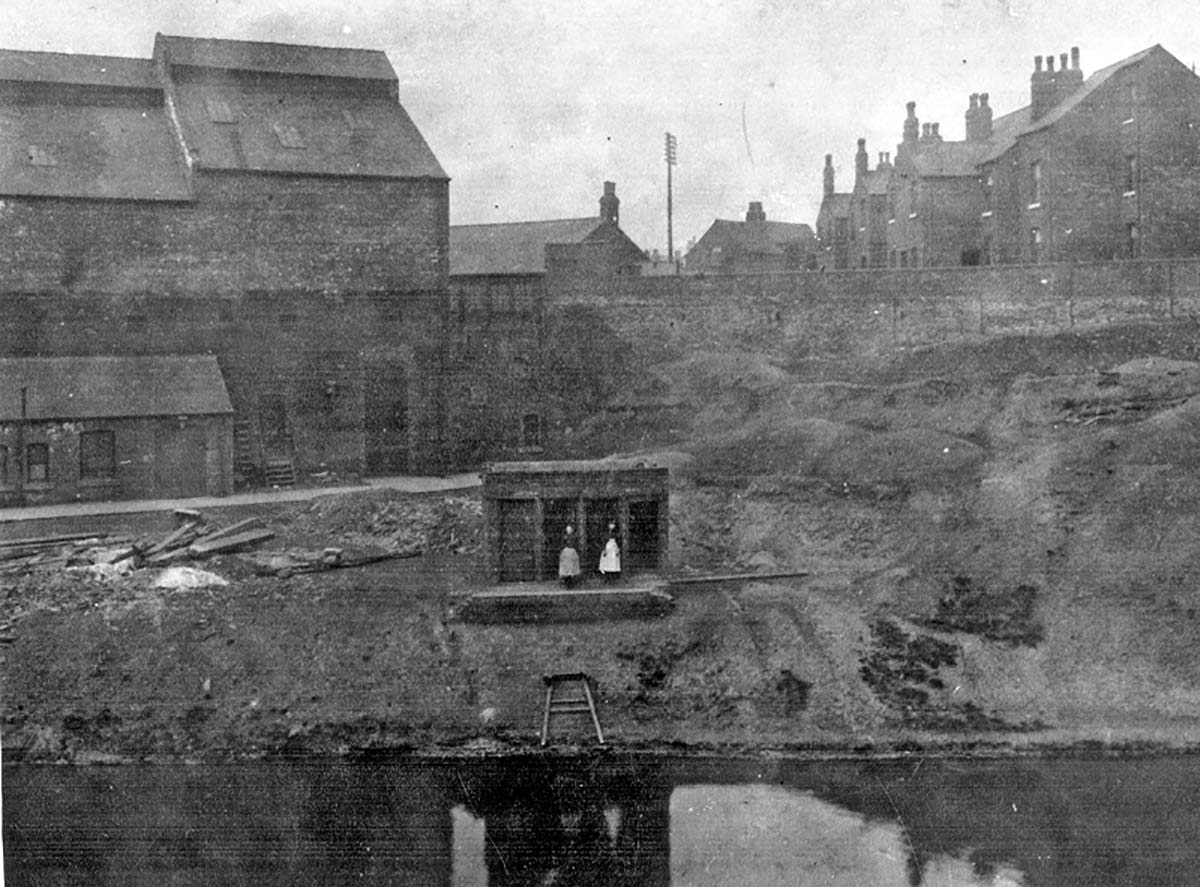

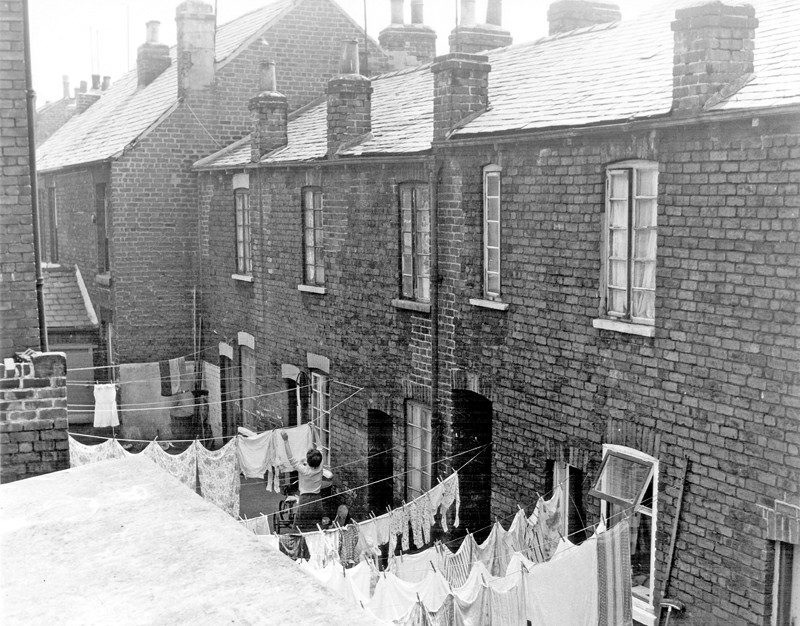
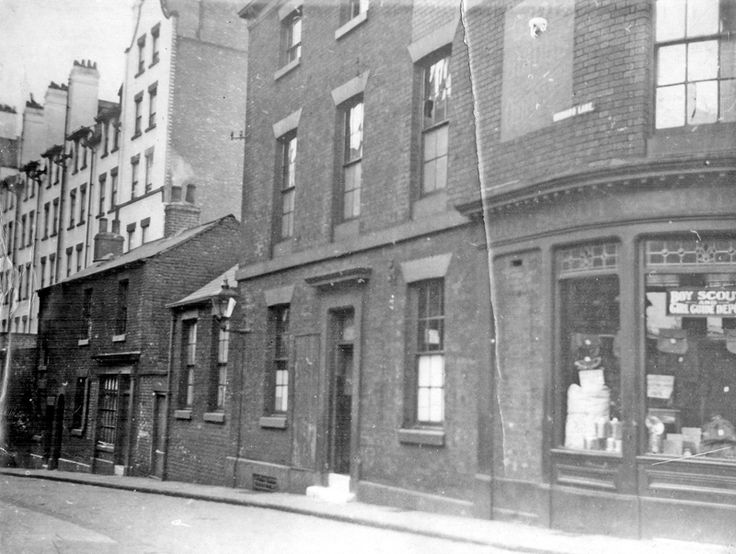
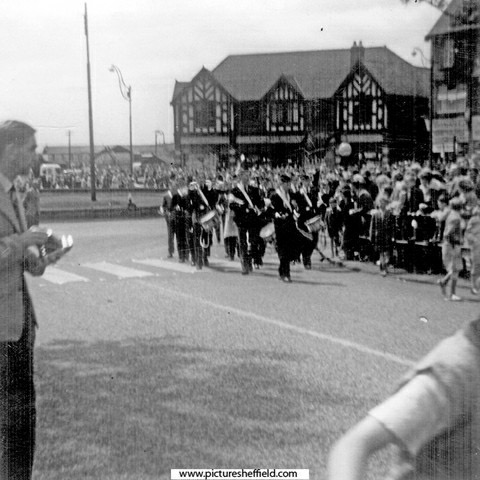
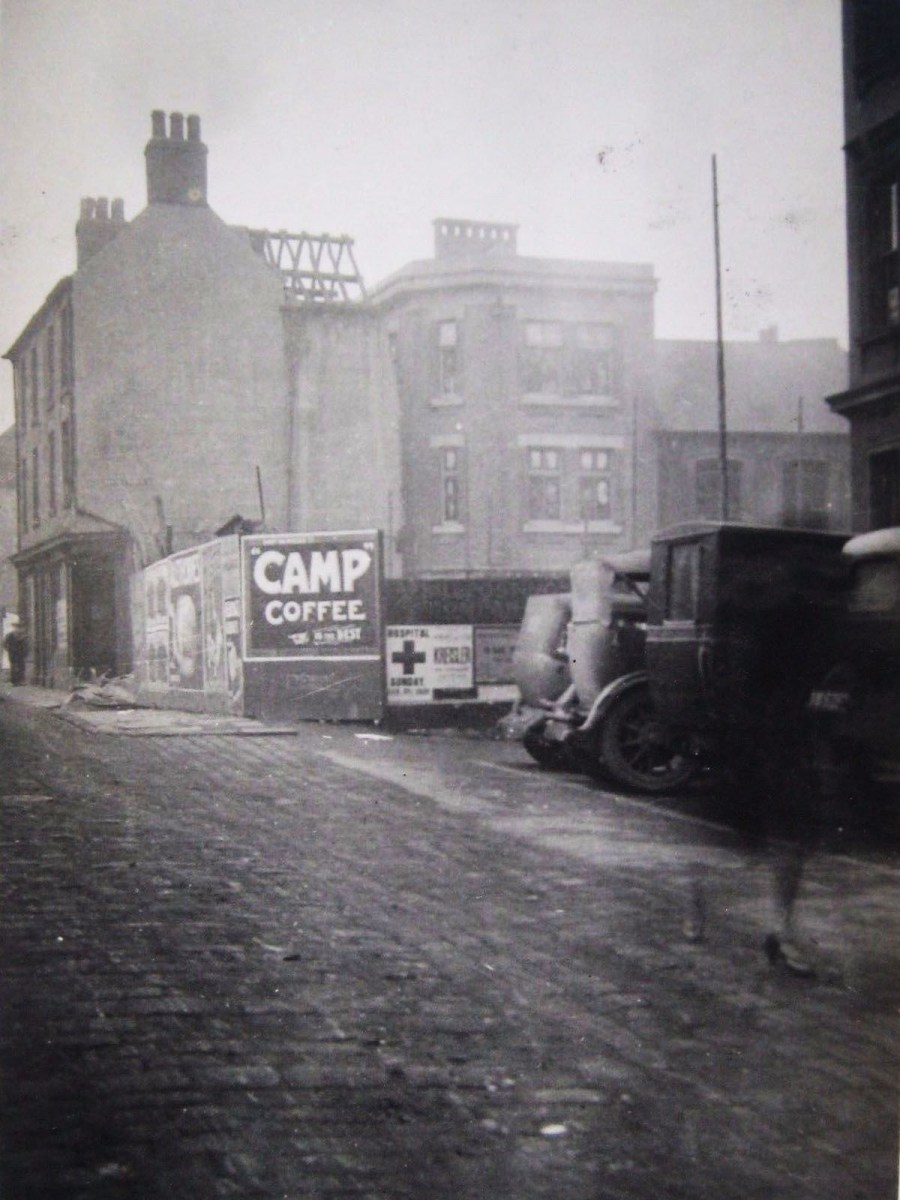

.thumb.jpg.40a38dbbbd096dcb991f7470565b7727.jpg)
